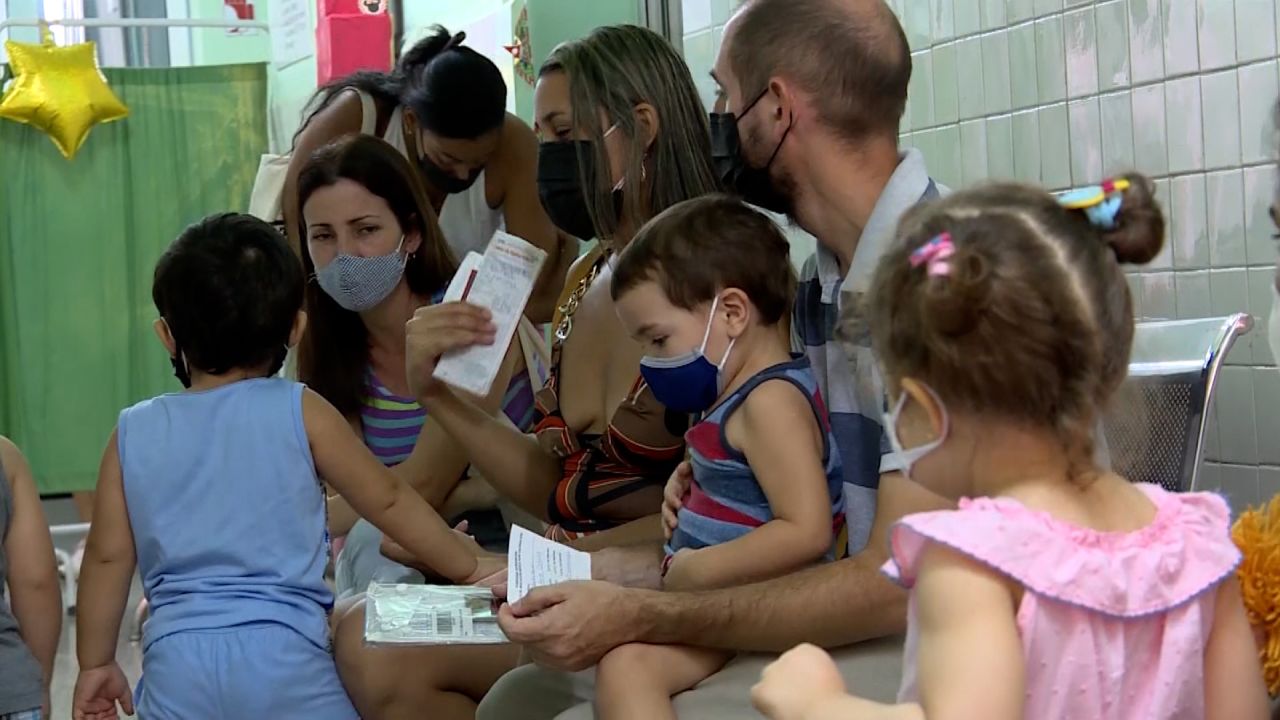
DiYES International School – Cuba stands out as a beacon of child health in the Americas. Despite facing economic sanctions and limited resources, Cuba has achieved some of the lowest child mortality rates in the region. According to WHO data from 2016, Cuba recorded an under-5 mortality rate of just 5.5 per 1000 live births. This places it ahead of the United States at 6.5 and even Costa Rica at 9.7. Cuba ranks just below Canada in the region. Such remarkable outcomes raise an important question. How does a middle-income country under economic pressure succeed in providing such high-quality healthcare for children? The answer lies in a system where health, education and social equity work in complete harmony. Cuba invests in its people first and foremost. The country treats healthcare not as a privilege but as a guaranteed right for all. This principle drives their outstanding results in child well-being.
Primary healthcare is at the heart of Cuba’s success story. Almost half of all doctors in Cuba work in primary care settings. These doctors operate from small local clinics called consultorios and are partnered with nurses. Each team serves around 300 families and builds close relationships with the communities. This setup allows doctors to understand not just the medical needs but also the social realities of each child and family.
The strong emphasis on disease prevention stands out in Cuba’s model. Public health campaigns target children through TV, schools and mass media. Topics like healthy eating, handwashing and exercise are promoted widely. In Cuba, health is considered a community responsibility. Regular visits to homes by healthcare workers help ensure no child is left behind. Cuba’s integrated healthcare structure ensures access to quality care even in remote rural areas. The result is a unified national approach that delivers both equity and efficiency in child health.
Cuba provides exceptional antenatal care which directly contributes to better child health outcomes. Every pregnant woman receives at least 12 medical visits during pregnancy. Those with additional medical or social needs are monitored more closely. One special feature is the availability of maternity homes. These facilities house pregnant women who need extra support and offer nutritious meals and health education. This attention to prenatal care reduces the number of low birth weight babies born.
In 2015, only 5.3 percent of babies in Cuba had low birth weight, while 8.3 percent did in the United States. After birth, doctors continue care through regular checkups. They see infants every two weeks for the first six months and monthly from six to twelve months. Children with chronic conditions receive even more frequent visits. Cuba highlights immunisation as a major public health achievement. Health workers eliminated several infectious diseases and led efforts to stop polio in Latin America. The system focuses on prevention and ensures no child faces neglect.
“Read more: Move Over Nvidia: This Warren Buffett Stock Is Dominating 2025!”
Cuba takes a comprehensive approach that goes beyond medicine. High literacy rates at 99.7 percent ensure health messages reach every citizen. Women enjoy equal rights under law and dominate the professional workforce, including in healthcare and politics. Family planning services are widespread and abortion is available under safe conditions. These factors give women full control over reproductive health which translates into healthier families.
Education programmes like Educa a tu hijo prepare young children for school life. Disability inclusion is also a national priority and stigma is reduced through education. The government works actively to reduce income inequalities between sectors. Even though inequality exists, it is not as severe as in many other countries. Severe child malnutrition is virtually nonexistent. Regional differences in child mortality rates are minimal. These outcomes show how Cuba manages to protect child health even amid economic challenges. The country offers a social safety net that prioritises the most vulnerable populations.
Cuba’s commitment to child health stems from strong political will. Health is seen as a national priority and this is recognized by global bodies like UNICEF. The Cuban government continually invests in public health, education and social services. While this leaves less funding for infrastructure like roads or housing, the return on investment in human development is clear. Cuba shows that even a country with limited resources can achieve impressive outcomes if health is treated as a right.
The healthcare system in Cuba focuses on people and thrives within communities. Doctors know every family closely and offer personal, effective support. This model teaches valuable lessons not only for Latin America but also for the rest of the world. Cuba proves that sustainable health outcomes emerge when governments lead with vision and citizens commit to the mission. In a time when child health poses global challenges, Cuba shows what unity, equity and smart public policy can accomplish.
This article is sourced from pmc.ncbi.nlm.nih.gov and for more details you can read at diyesinternational
Writer: Sarah Azhari
Editor: Anisa